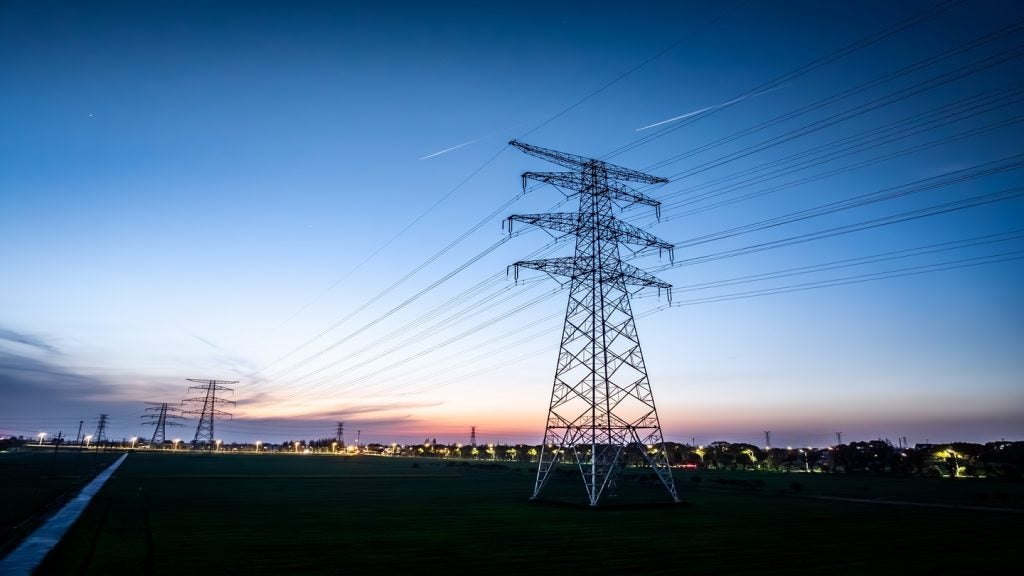Canada has extended its target for a net zero electricity grid from 2035 to 2050, following the release of its finalised Clean Electricity Regulations (CER).
The decision was influenced by feedback from provinces and energy industry stakeholders who expressed concerns over reliability, cost and potential stranded assets under the initial draft regulations, according to a report by Reuters.
85% of Canada’s electricity comes from clean sources such as hydropower, wind and solar.
However, the revised regulations may pose challenges in meeting the country's climate goal of reducing carbon emissions by between 45% and 50% below 2005 levels by 2035.
Canada's Natural Resources Minister Jonathan Wilkinson stated: "I wouldn't say we've backed off the ambition in terms of decarbonisation of the grid, but we have learned through consultation that there was a need for some more flexibility."
The finalised regulations aim to cut 181Mt of cumulative carbon emissions from the grid between 2024 and 2050.
This is a reduction from the draft regulations, which targeted a cut of 342Mt by mid-century. The emissions limit for power-producing units has been adjusted from 30t of carbon per gigawatt hour (GWh) to 65t per GWh, with an additional 35t per GWh allowed through emissions offset credits.
Facilities will adhere to an annual emissions limit rather than a constant performance standard. Co-generation facilities, such as those operated by oil sands companies in northern Alberta, will be exempt from the CER.
Alberta, Canada's main oil and gas-producing province, remains opposed to the CER, arguing that it interferes with provincial jurisdiction.
Alberta's government plans to challenge the regulations in court, proposing an alternative solution that avoids federal regulation of its power grid.
Scott MacDougall, programme director of electricity at the Pembina Institute, commented, "The CER offers a set of guardrails that define when [net zero] is going to happen and will help spur energy investment."
Despite differences from the initial draft, the finalised regulations are seen as realistic and achievable.









